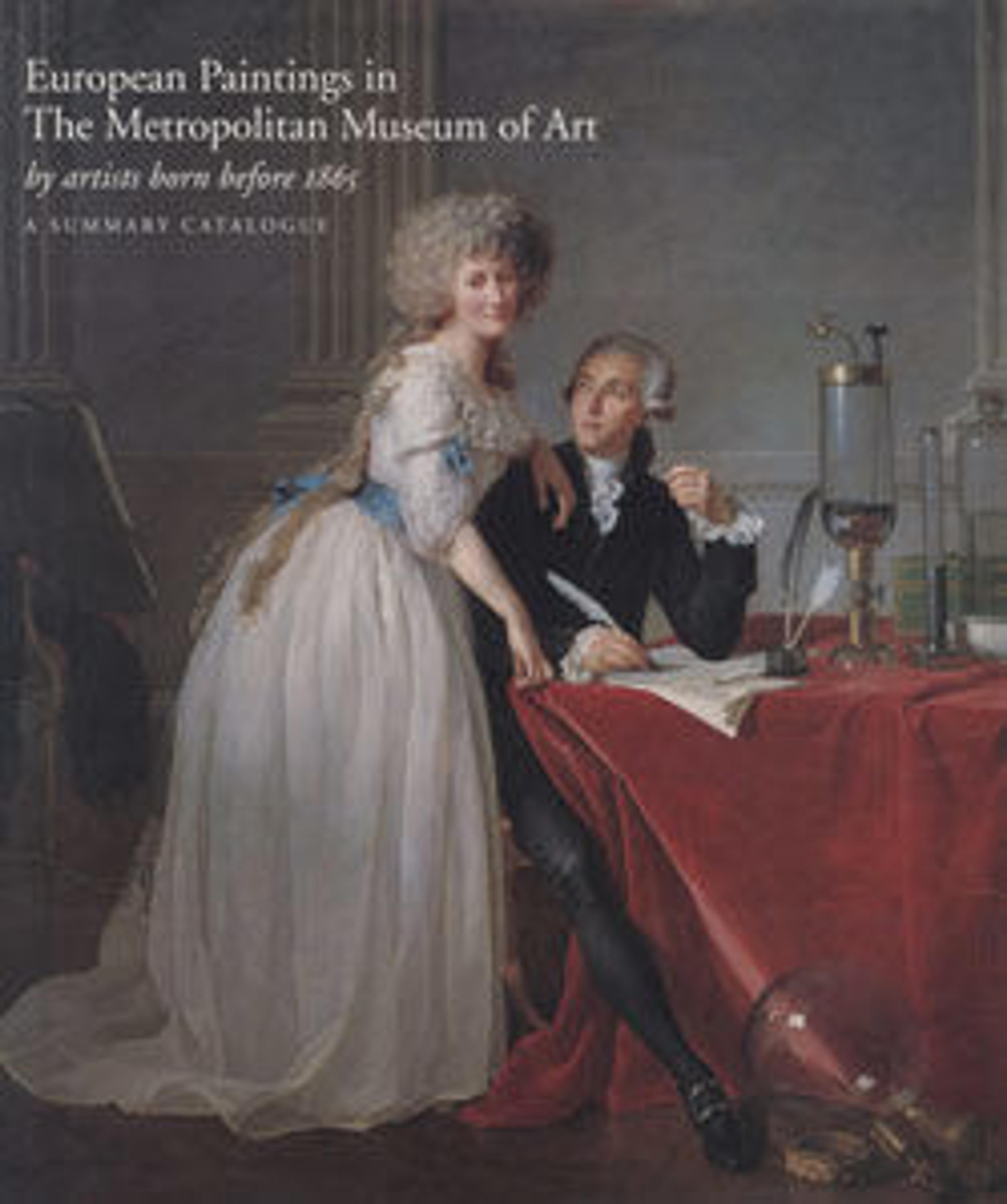The Baker's Cart
Michelin’s subjects relate to those by more famous artists, the Le Nain brothers, who also posed members of lower society in such deadpan, direct address. Unlike most painters in the 1600s, Michelin chose to depict peasants in an urban context where various goods are offered for sale, including fresh bread and medicinal eau‑de‑vie. His care in rendering tattered shoes anticipates Vincent van Gogh’s poetic still lifes from the 1880s, in which worn-out footwear attests to physical labor borne day in and day out.
Artwork Details
- Title: The Baker's Cart
- Artist: Jean Michelin (French, ca. 1616–1670)
- Date: 1656
- Medium: Oil on canvas
- Dimensions: 38 3/4 x 49 3/8 in. (98.4 x 125.4 cm)
- Classification: Paintings
- Credit Line: Fletcher Fund, 1927
- Object Number: 27.59
- Curatorial Department: European Paintings
More Artwork
Research Resources
The Met provides unparalleled resources for research and welcomes an international community of students and scholars. The Met's Open Access API is where creators and researchers can connect to the The Met collection. Open Access data and public domain images are available for unrestricted commercial and noncommercial use without permission or fee.
To request images under copyright and other restrictions, please use this Image Request form.
Feedback
We continue to research and examine historical and cultural context for objects in The Met collection. If you have comments or questions about this object record, please complete and submit this form. The Museum looks forward to receiving your comments.
